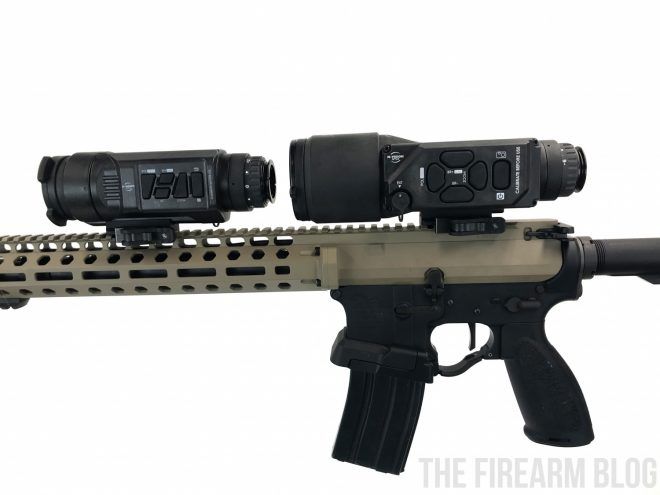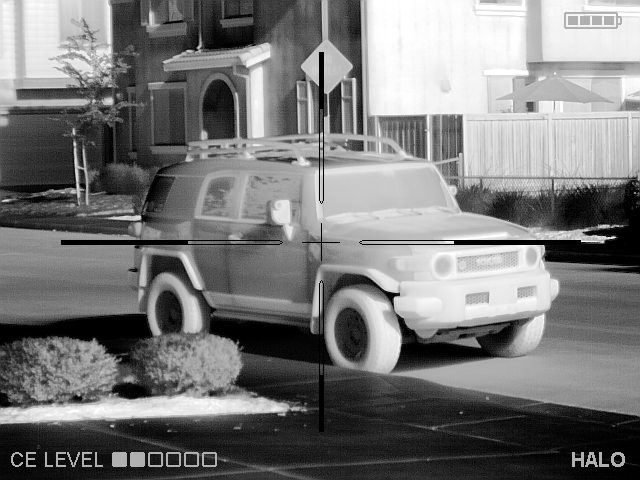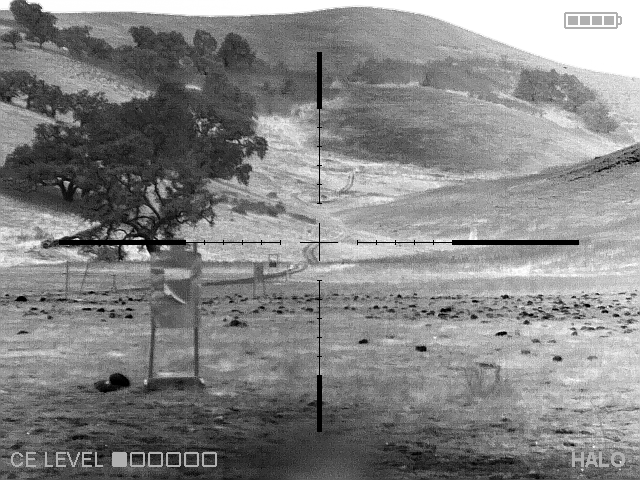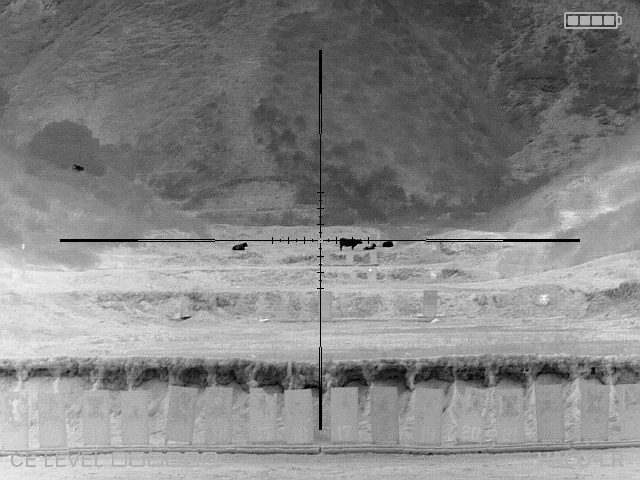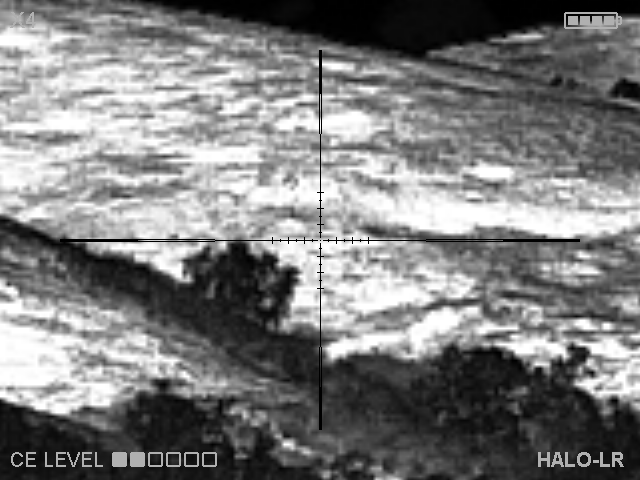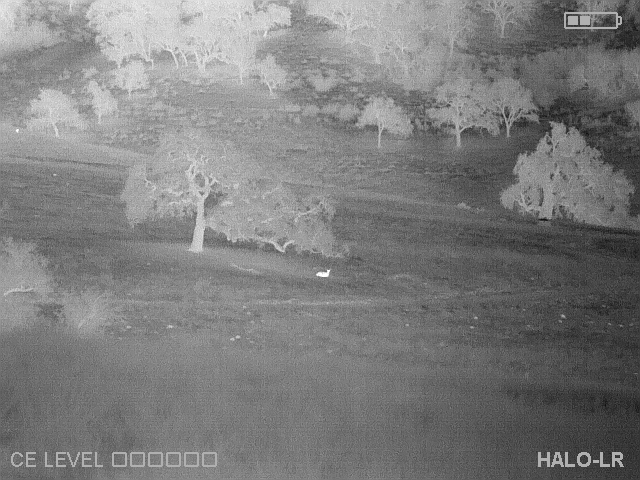In the current world of Thermal sights, the N-Vision HALO and HALO-LR are some if not the best thermal sights on the market. Having reviewed a handful of different thermal devices I was eager to see why so many thermal hunters rave about the HALO and HALO-LR. Now that I got my hands on one and got to see through it, I now see the light. The HALOs are very, very good but have a couple of minor issues.
HALO
The HALO is the basic thermal scope from N-VISION but there is nothing “basic” about it. The resolution is off the charts compared to the other thermal scopes I have seen. Before looking through an N-Vision HALO, the Pulsar XP50 was the best thermal I had seen. And while the Pulsar resolution is good, the HALO is better. Size wise the HALO is shorter and fatter than the Pulsar XP50 (which was designed to resemble a traditional day scope). The HALO is just under 8″ long and is similar in size to a Rockstar Energy drink can.

All the controls are on the left side of the HALO
The controls are basically a D-Pad and a power button. The buttons are partially segregated with fencing.
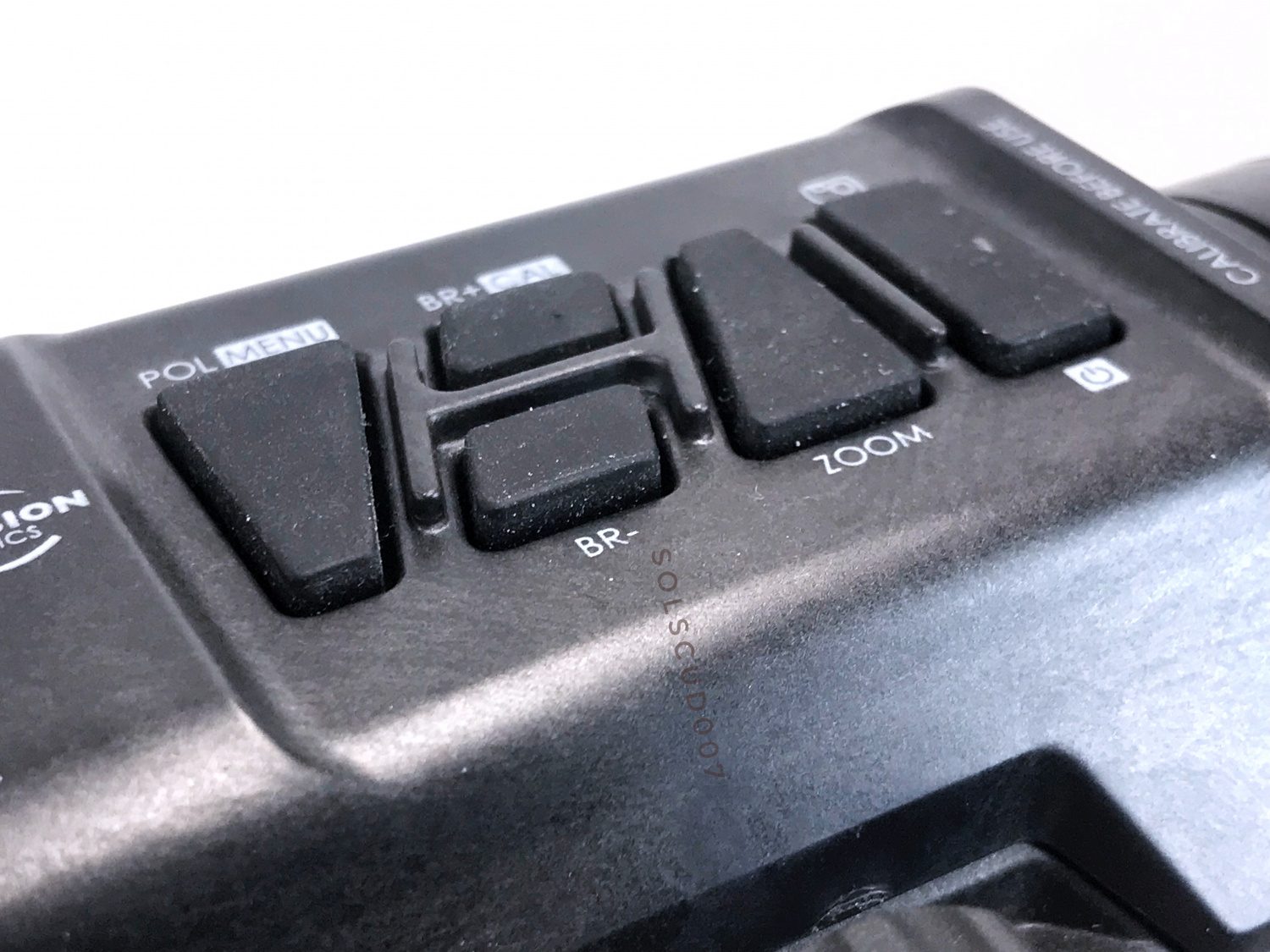
The simple button layout is easy to use in the dark. The power button is the closest button toward you. You press it for still image capture. The up and down buttons change contrast of the image. If you press and hold the up button it will calibrate the thermal image just like an NUC button. The left button on the pseudo D-Pad is for cycling through the four different polarities: White Hot, Black Hot, White Outline and Black Outline. Hold the same button down to access the HALO menu. The right button, next to the power button, is used for digital zoom. The HALO makes for a great spotter as it has little to no magnification at 1x. It does have 2x, 4x, and 8x digital zooms.
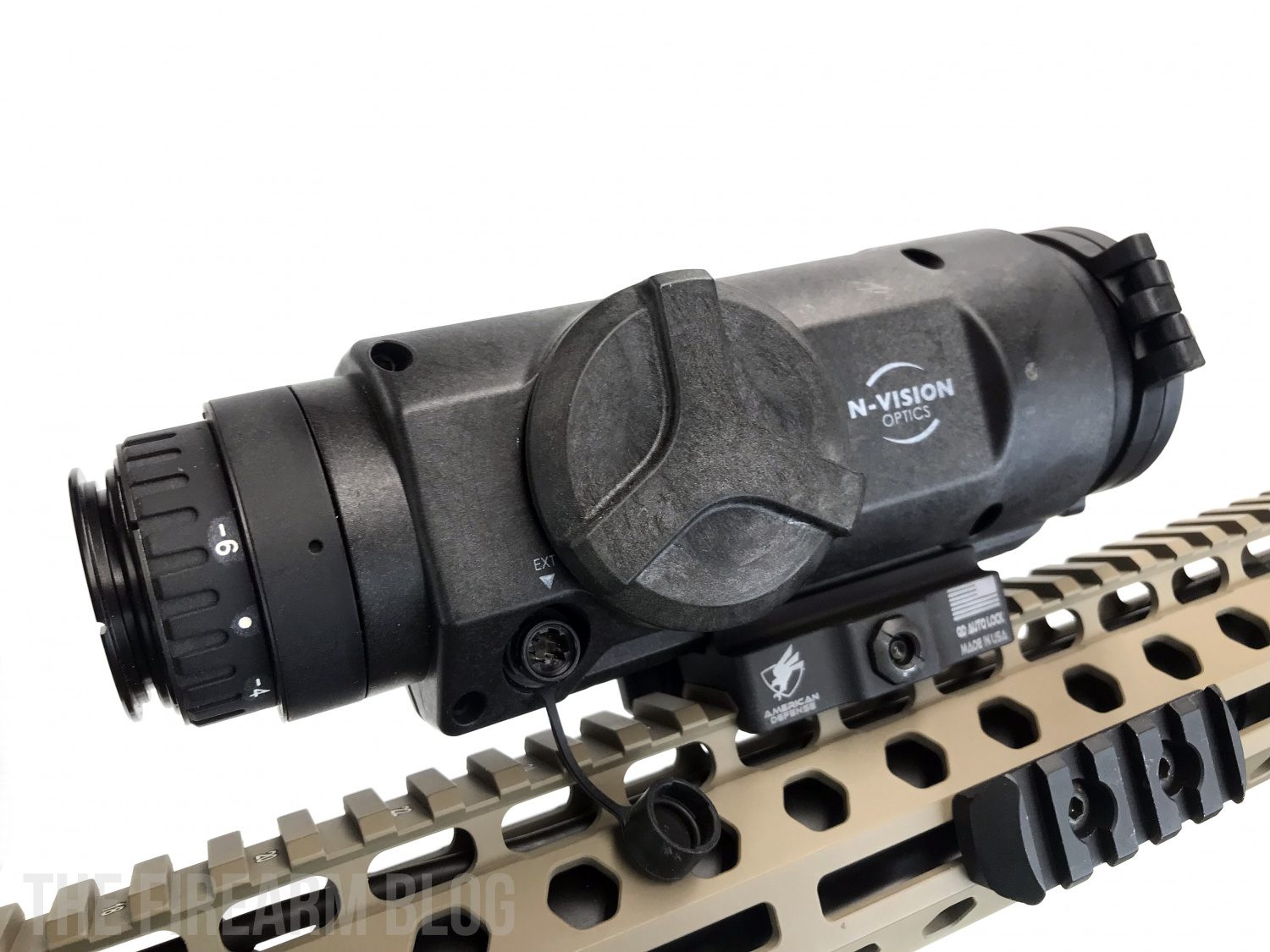
The HALO and HALO-LR use the same batteries and battery cap. It needs 4x CR123 batteries. The port just to the left of it is for a USB power supply and analog video output. The HALOs come with a USB cable that plugs into that port so you can download your still images.

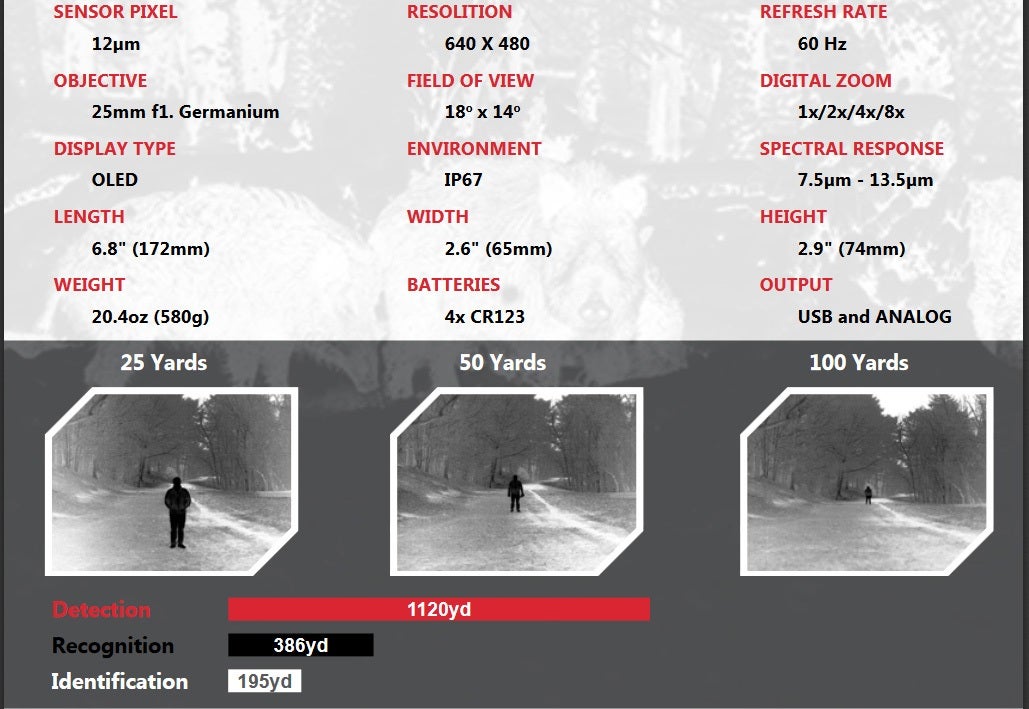
HALO-LR
The HALO-LR is the better of the two. Its detection, recognition and identification is much further than anything else I have tested. The HALO-LR is a bit bigger than the HALO.
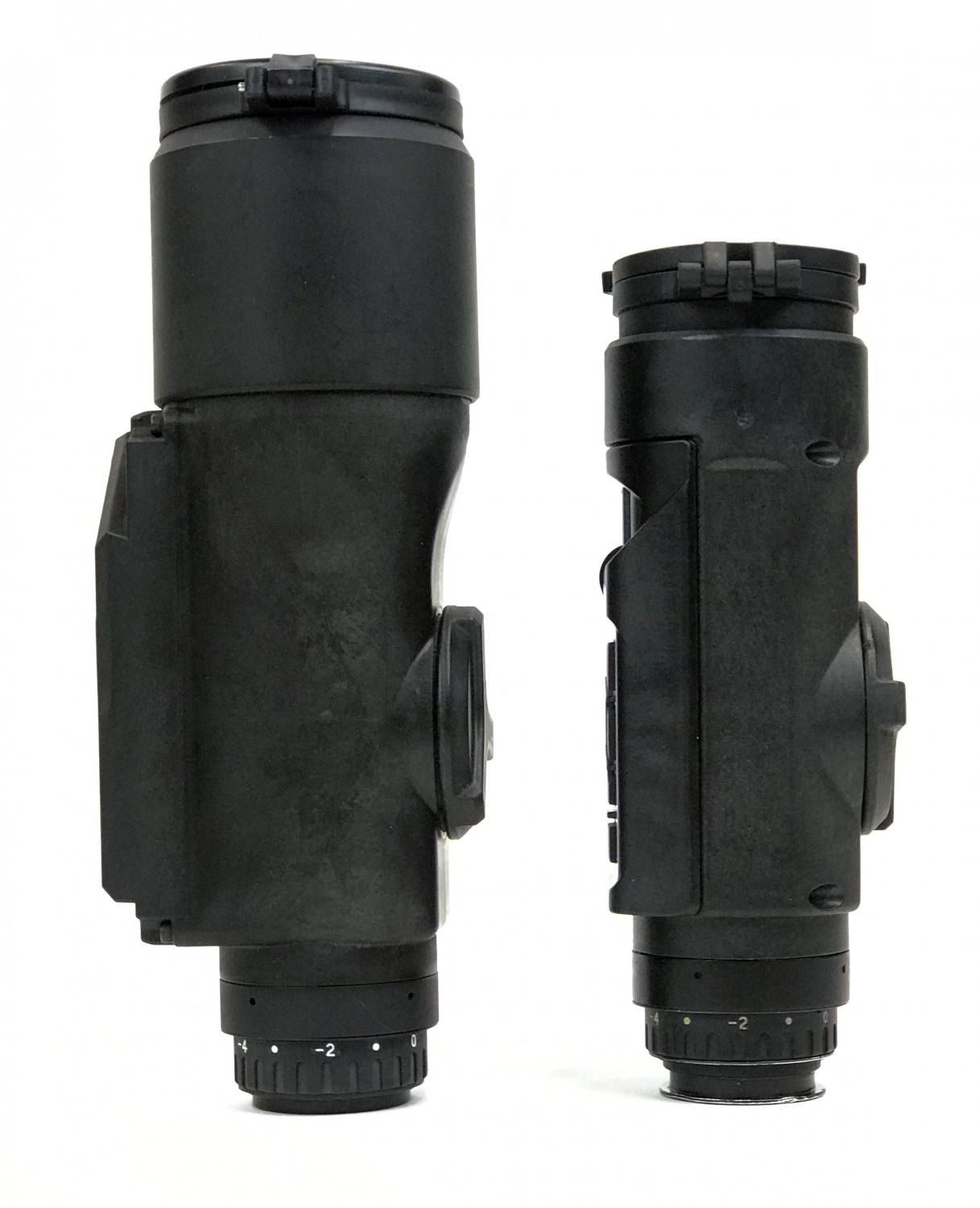
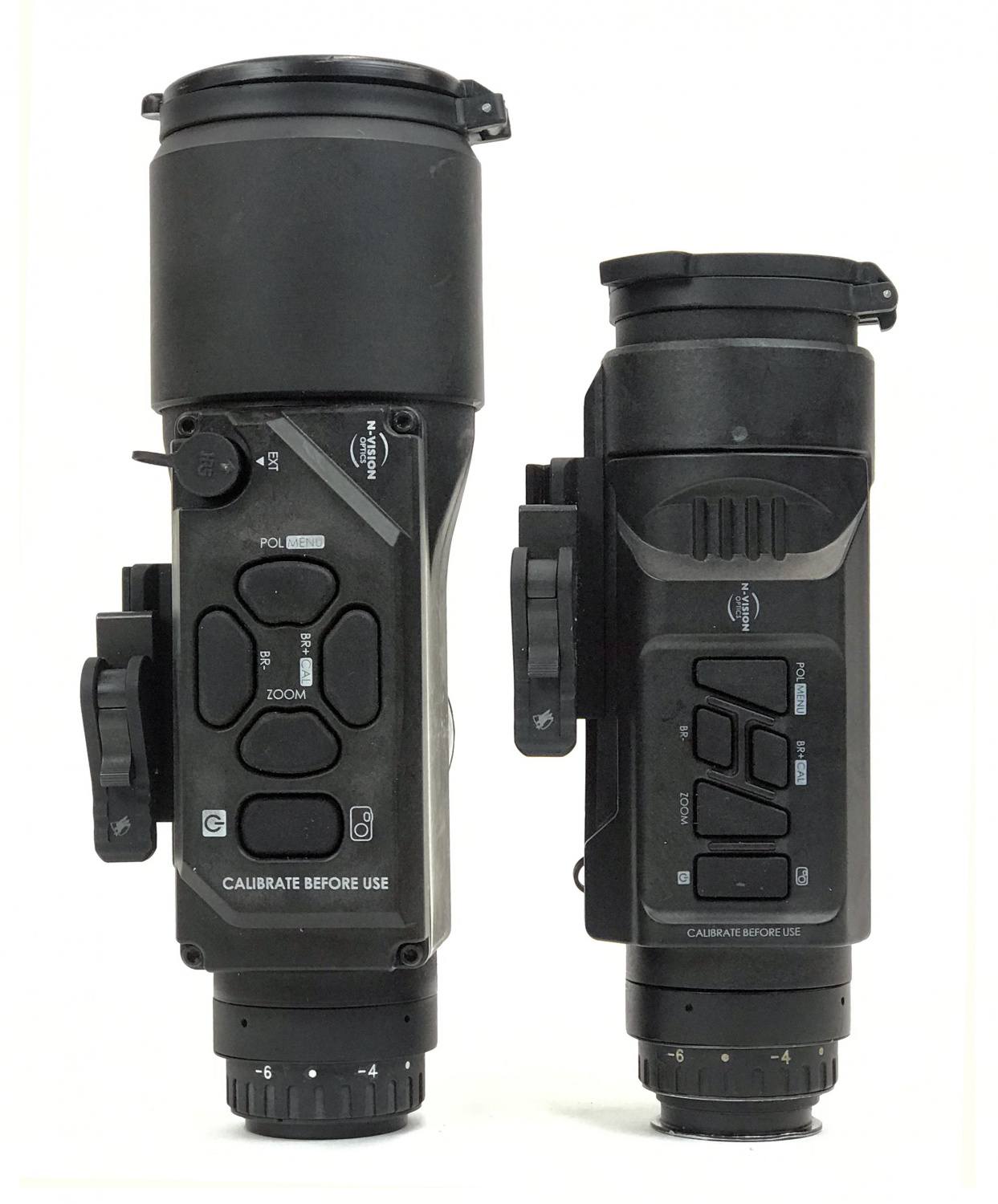
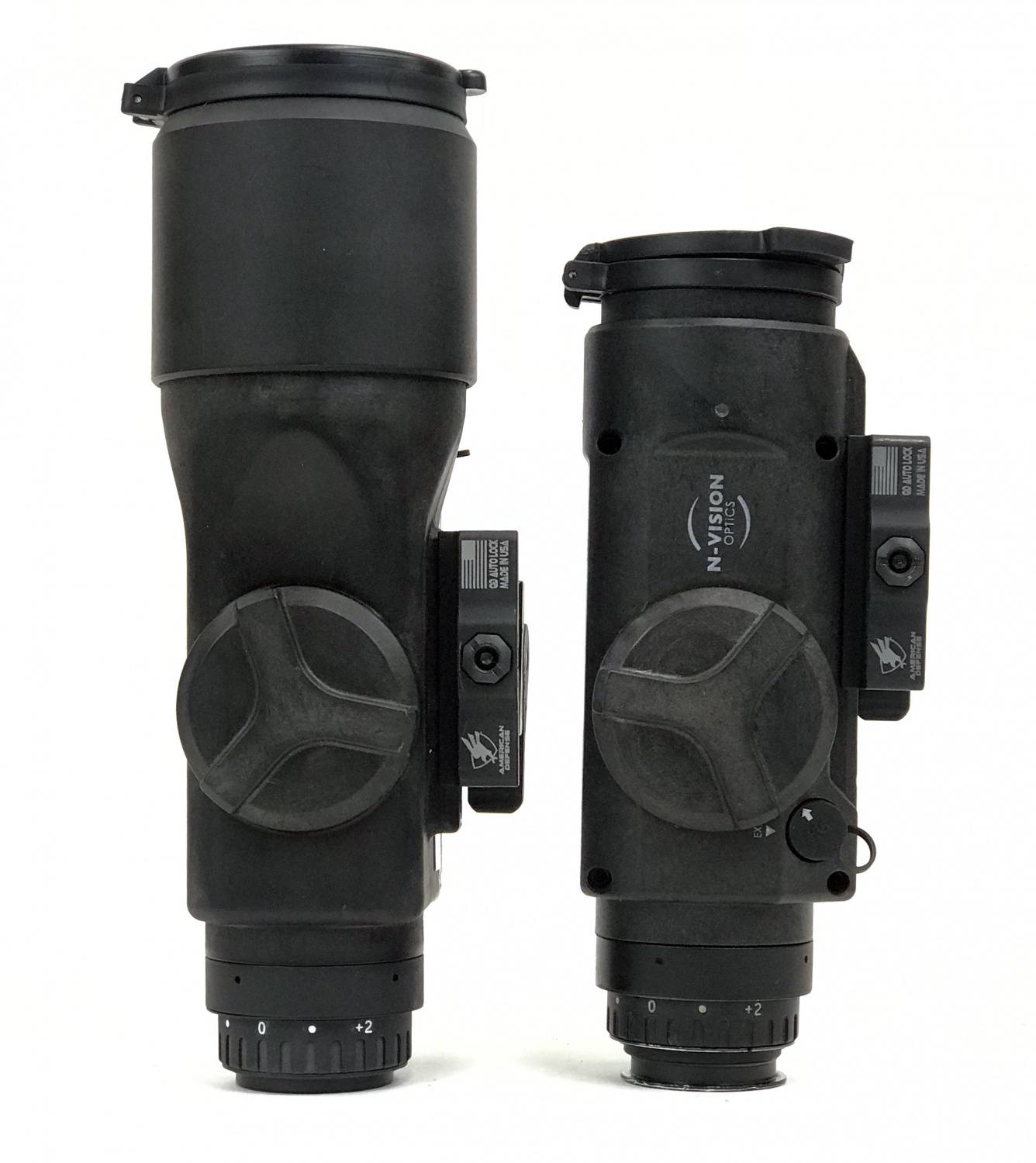
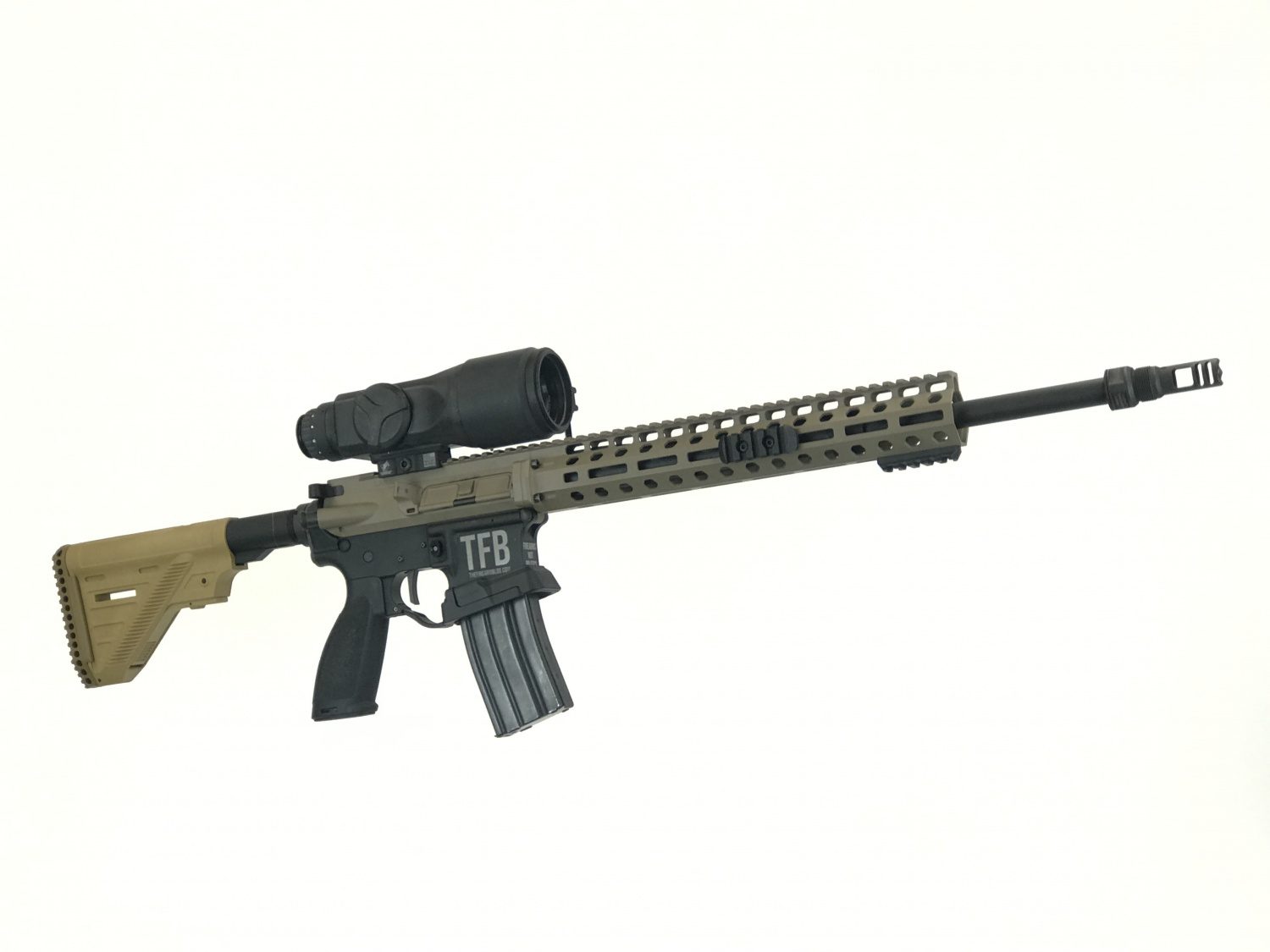


The button layout is similar to the HALO. It is a D-pad and power button. But now the EXT port is on the same side as the buttons.
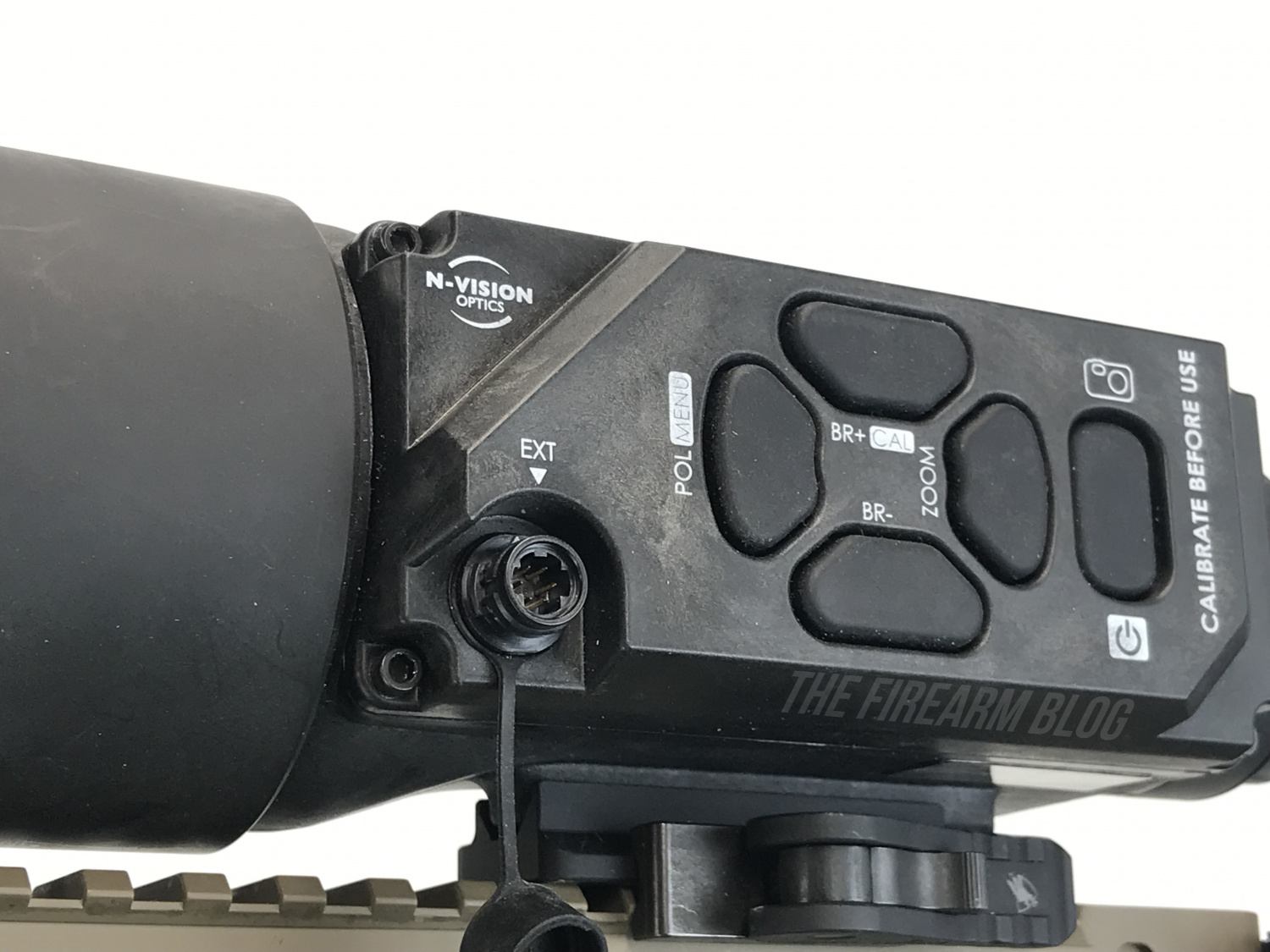
The HALO-LR buttons and menu are identical in function to the HALO, however, instead of fencing they recessed the power button and laid out the D-pad style buttons in a more circular arrangement. It is just as easy to feel for the buttons in the dark while you are hunting or shooting at night.
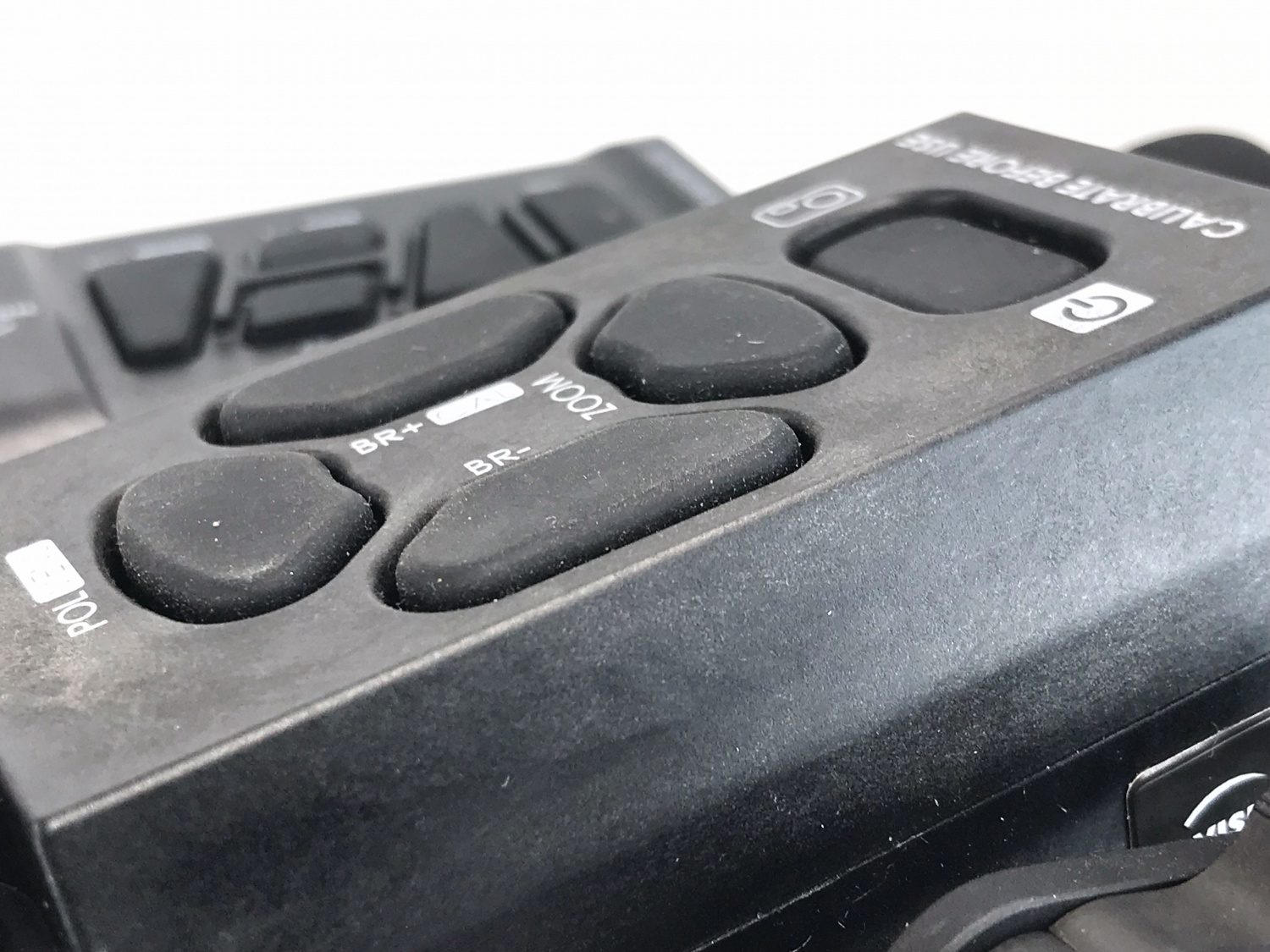
Both the HALO and HALO-LR use PVS-14 ocular eyepieces. So you can use any compatible accessories like eyecups and filters.
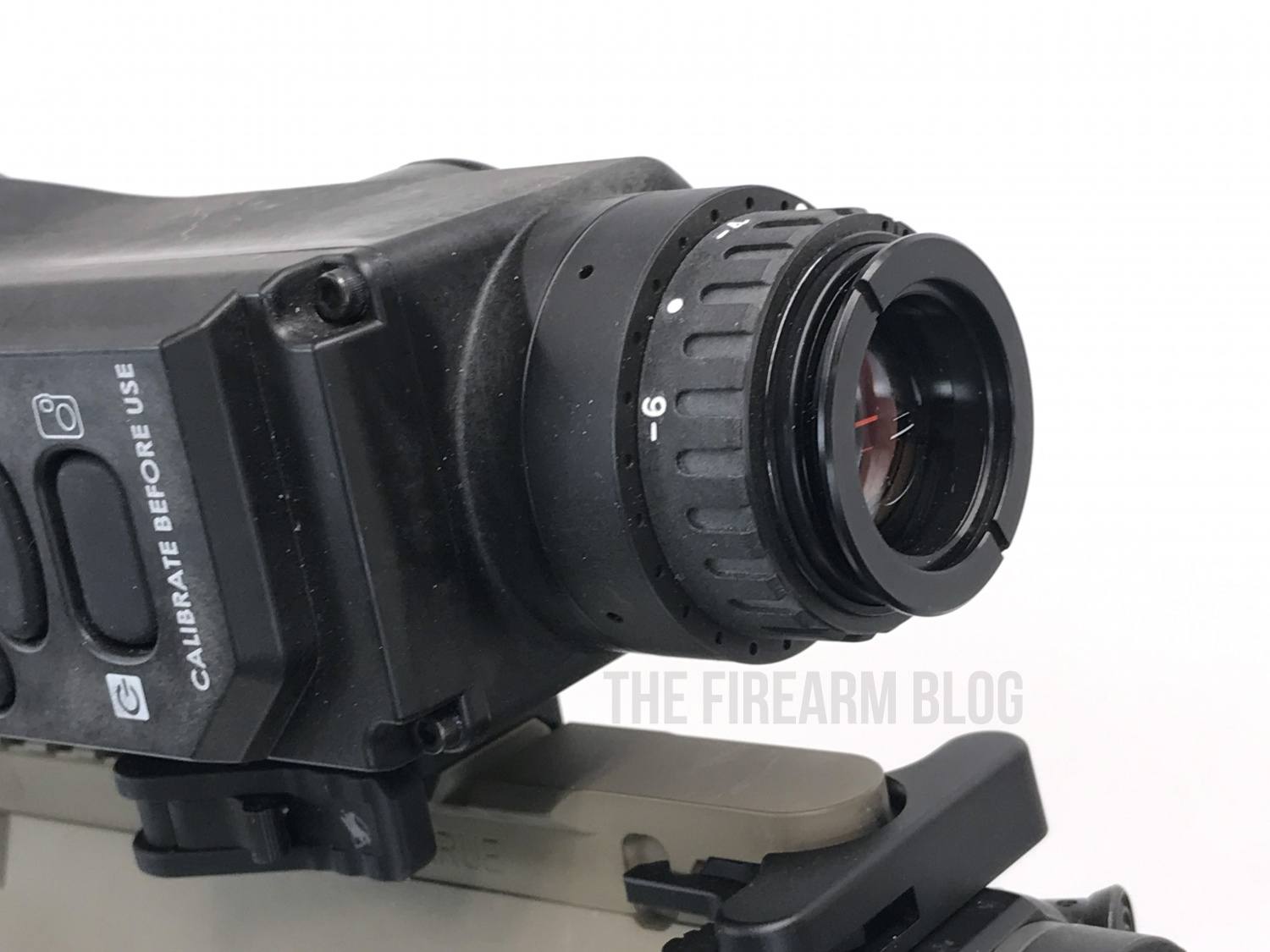
The specs of detection, recognition and identification are nearly double that of the HALO.
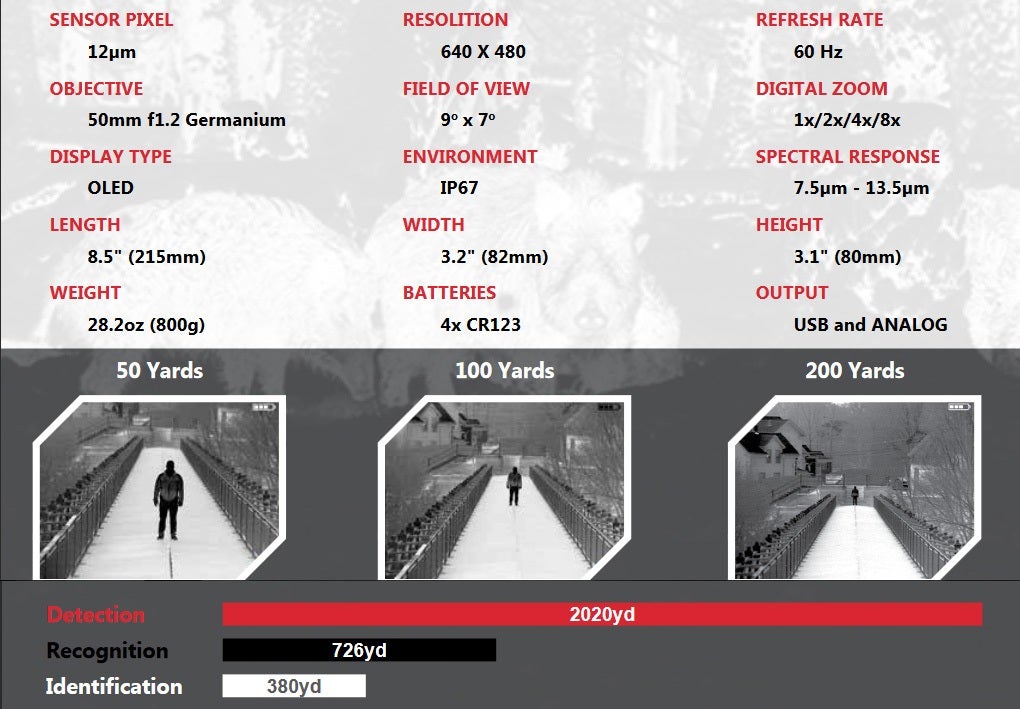
Ridiculous Resolution!!
Here are some sample images captured by the N-Vision HALO. Look at the detail it shows in the bumper and wheels of my FJ Cruiser.
One really cool feature of the HALO and HALO-LR is the adaptive reticle. When activated the reticle will switch from black or white depending on what you are looking at so the reticle will not get lost amongst the image. If you point the center of the reticle at something black, it will switch to white. The same goes for pointing it at a white object.
In Black Outline it looks like some sort of sci-fi CG rendering.
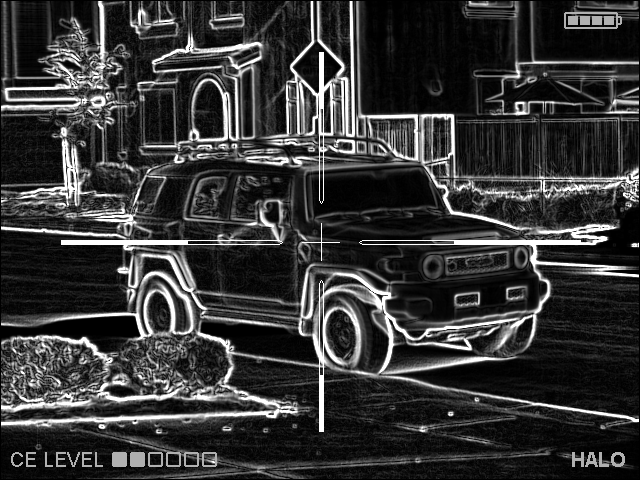
Just look at the subtle details in the mountain. According to Google Maps distance measuring tool it is approximately 9.85 miles to the mountain from where I took this picture.
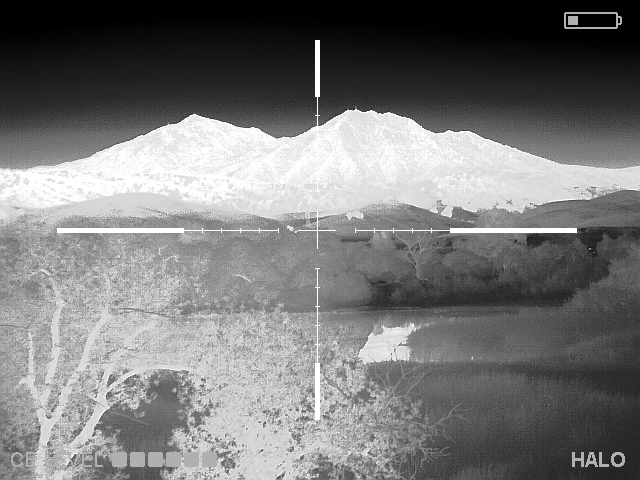
Here I am at my usual testing range, Quail Valley Gun Range & Ranch. Look at the detail of the paper target on the cardboard target just 35 yards from the bench.
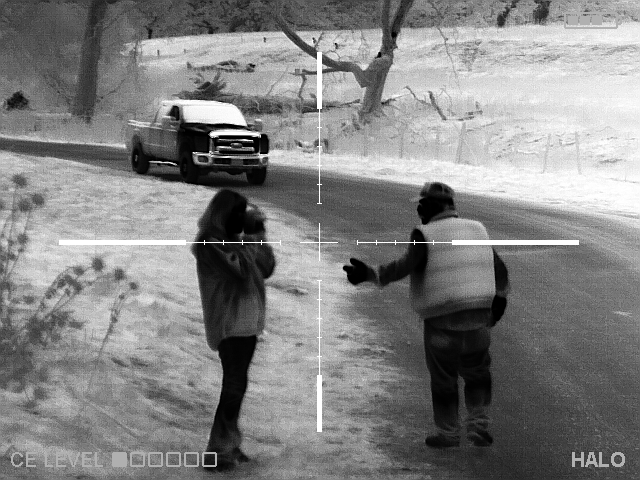
Now here are some pictures from the HALO-LR. The HALO-LR has a bit more magnification at “1X” than the HALO. While the field of view is narrower it makes up for it with higher detection. You can see the trees on the hills just below the mountain. You can see the towers on the mountain over 10 miles away!
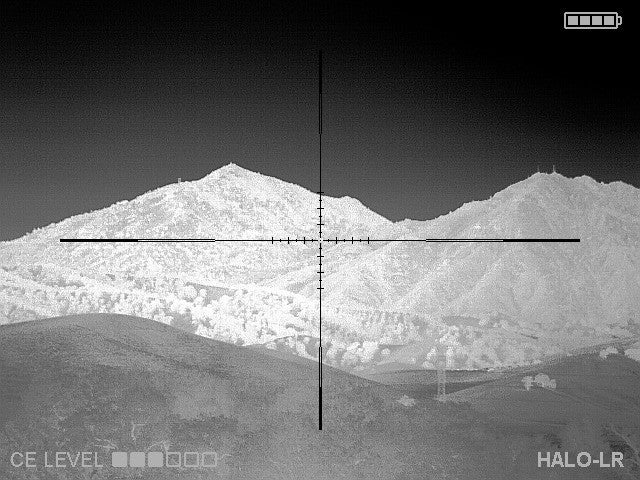
Digitally zoom in at 2x and you can see even more detail in of the trees.
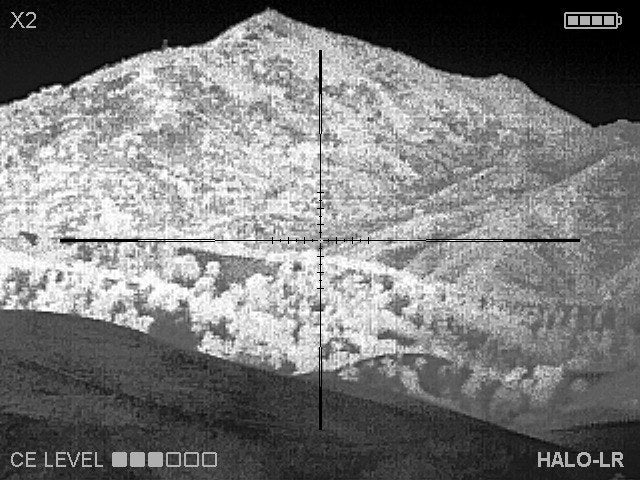
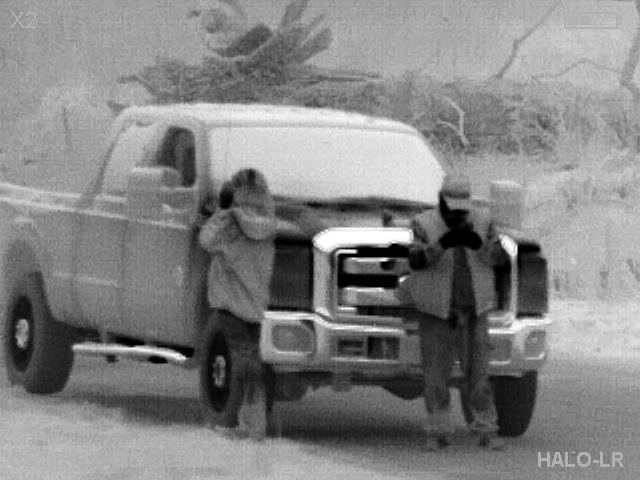
Below is the owner of Quail Valley Range. This was taken around 7pm at night. The HALO-LR was set to black hot. His glasses and mustache block some of the heat from his face.
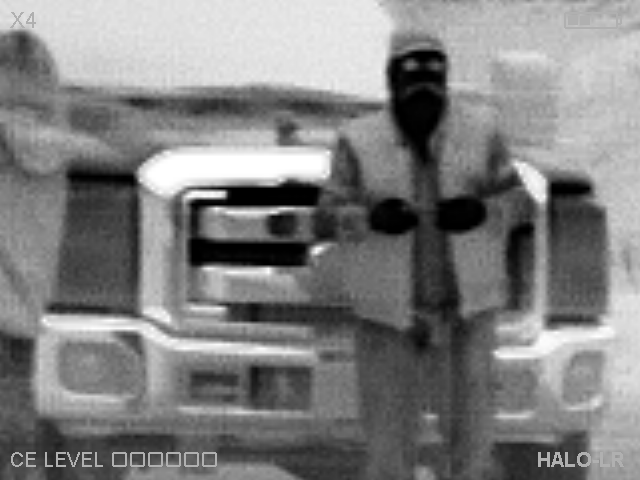
I was able to see and shoot steel, in the day time, out at 800 yards and 1025 yards with the HALO-LR. I mounted it on my Ruger Precision in 6.5 Creedmoor.
Take a look at this photo I took of a dilapidated shed. Until I saw this shed, the thought of thermal shadows never crossed my mind. We are used to light creating shadows but thermal is not light. However since this was taken in the day time, the sun was warming up the areas not covered by shadows. Which creates a thermal differential. It looks like a black and white photograph to me rather than a “thermal image”.
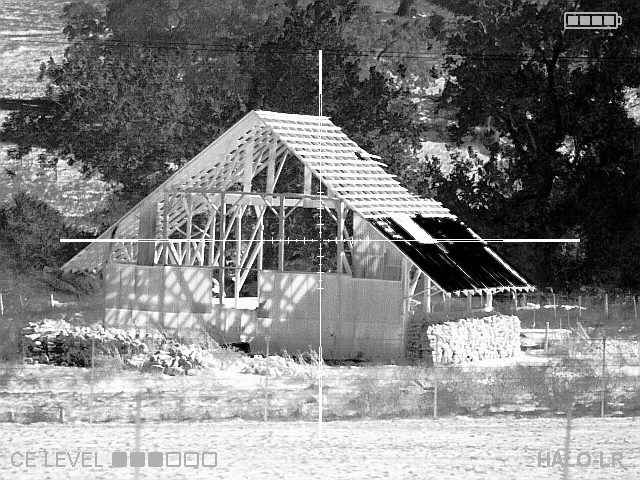
When I was down at California Tactical Academy for a night match, I brought the HALO-LR along and took it out to the rifle range after the match. This was around 11:30pm at night. There were cows on the rifle range just past the 400-yard berm.
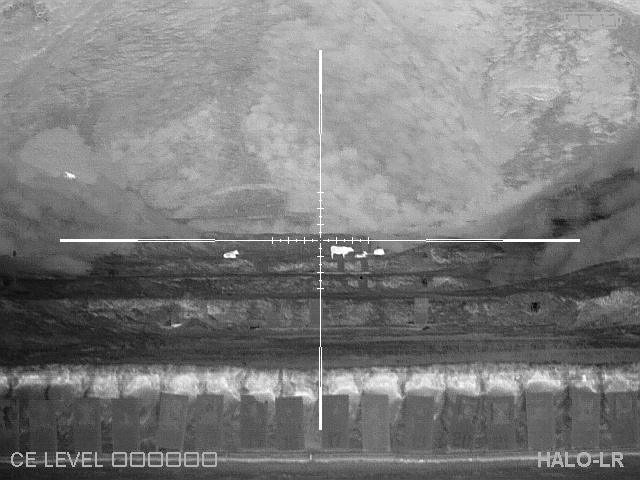
Not only could it detect and recognize the cows, I could clearly identify it was a cow.
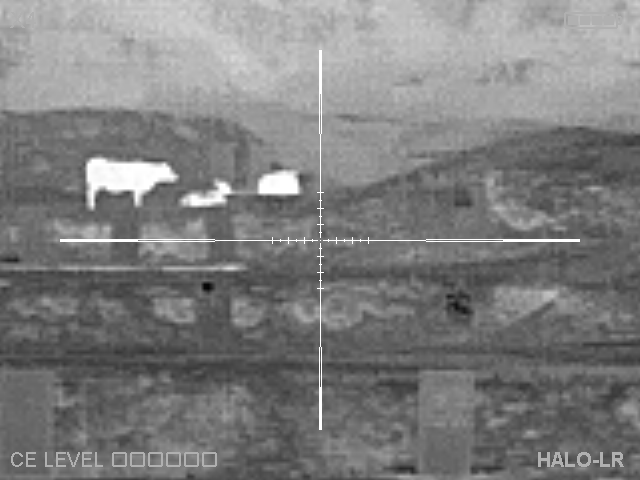
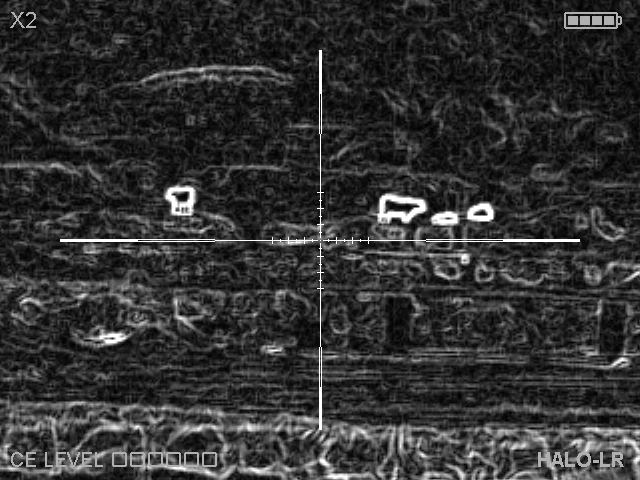
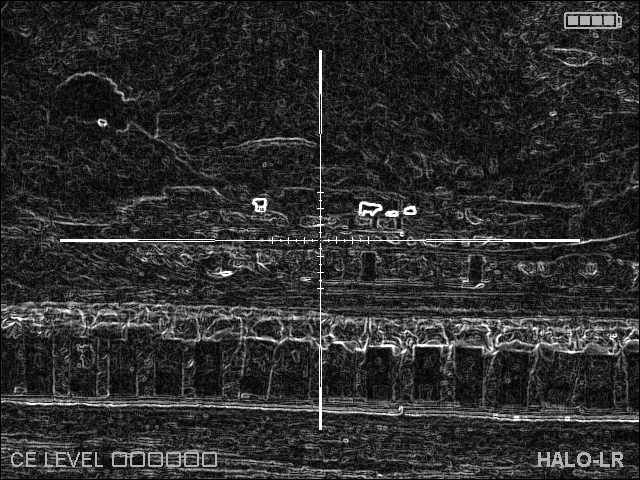
While my friends and I were messing with the HALO-LR the moon finally popped up over the hills. Someone online had mentioned being able to see the moon with thermal so I tested it. Sure enough, you can see the moon with the HALO-LR!!
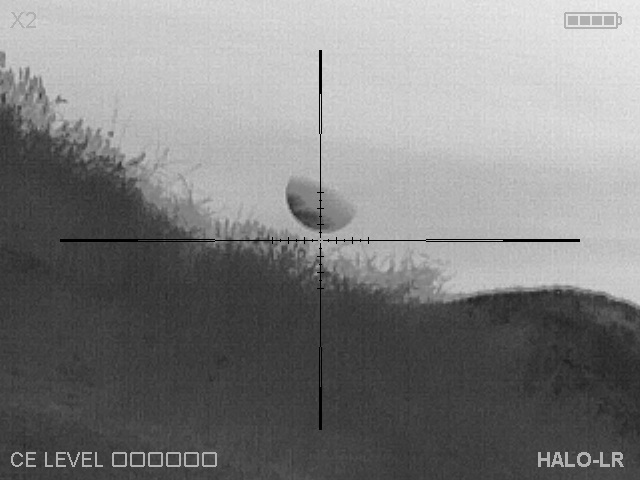
That is the moon just over the hill.
I shot another night match and filmed my friend shooting the stage. Not only can you see the bullets after they impact the berm but near the end of his run he shoots at the cardboard targets and you can see the heat from the bullet holes he made.
Issues With The HALO System
While the HALO and HALO-LR are phenomenal thermal scopes there are some issues that I have with them. The image is super clean and has great resolution at 1x, unfortunately, the image starts to fall apart the more you digitally zoom in.
Here is a still image captured when my friends and I tried to shoot a steel target a mile away at night.
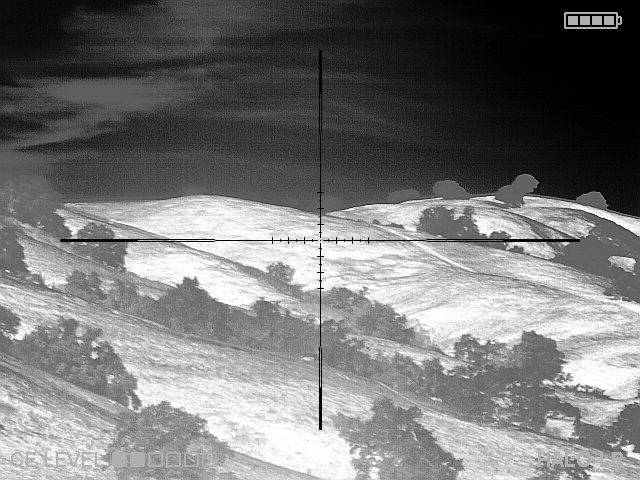
Same target but zoomed in at 4x.
Here is a deer about 350 yards away.
Zooming in sort of helps but it gets noisy fast.
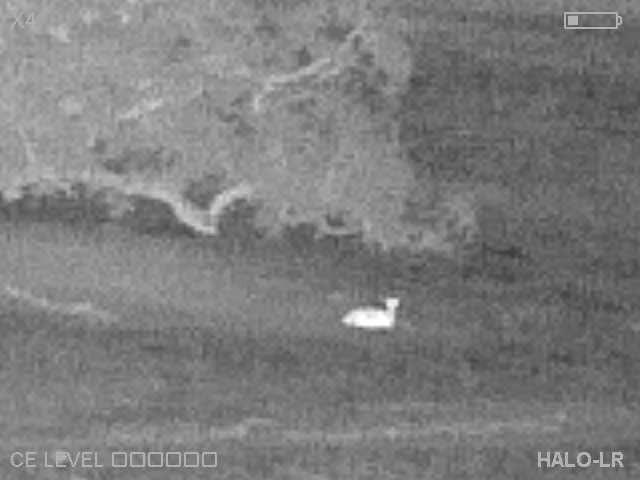
Probably the most disappointing aspect of the HALO systems is that there is no onboard video recording. As I mentioned earlier there is an EXT port on the side of the HALO and HALO-LR. If you want to record video, you have to use an independent mini DVR.
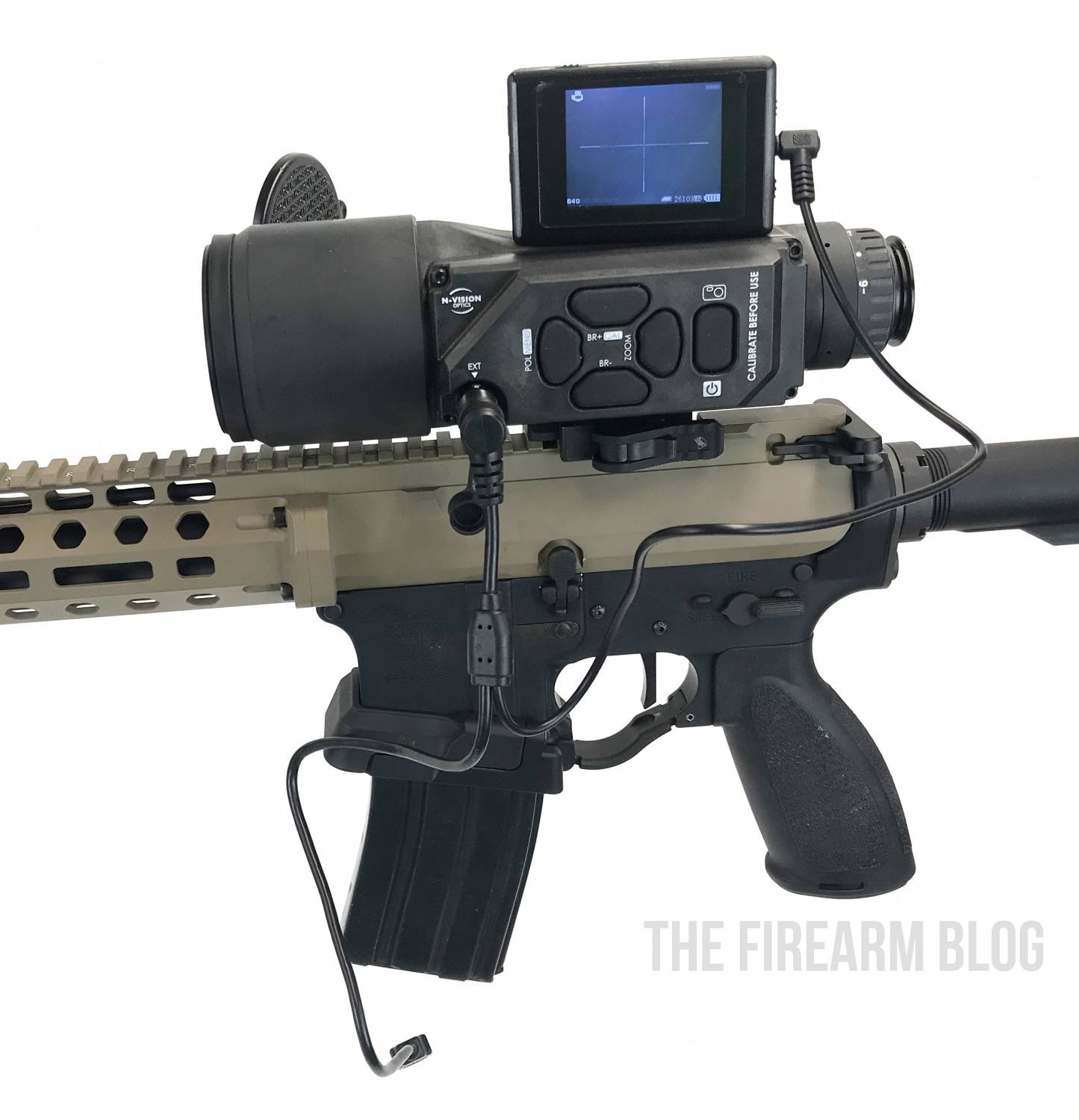
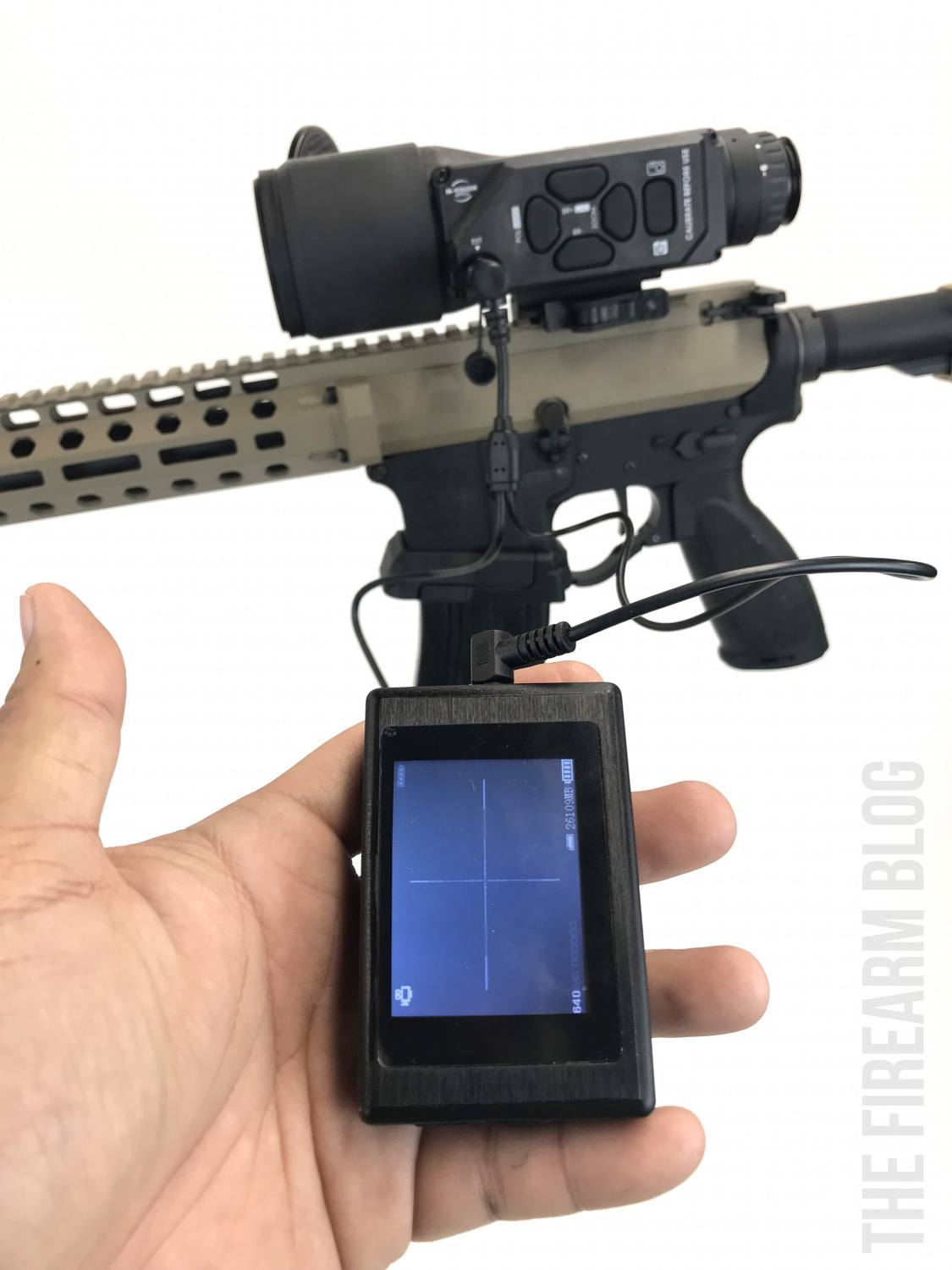
While the cable is 90 degrees going into the HALO, it sticks out like a sore thumb.

The EXT port plug seems robust but the other end that plugs into the mini DVR is ridiculously narrow. I am paranoid it will break off. 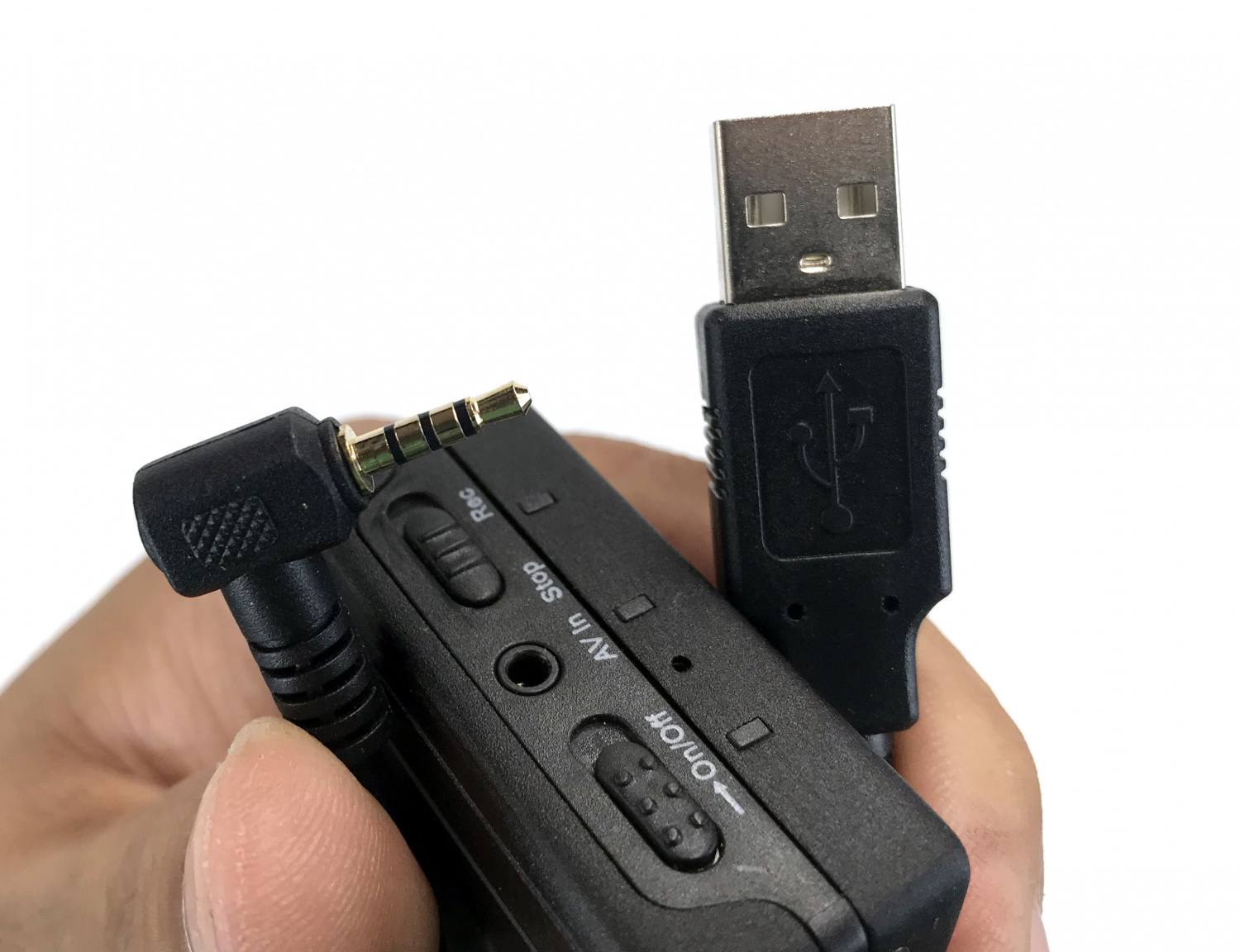
The Mini DVR is a separate device and complicates where to store it while shooting your gun. It came with a small pouch but the pouch seems suited for wearing it on a belt rather than strapping to the side of a rifle. And given how short the cable is, it does not reach far enough to your belt.
If the convoluted video recording wasn’t enough of an annoyance, the image capture is almost as bad. When the HALO or HALO-LR is on, you can press the power button quickly to take a screenshot. You should look at the upper right corner while doing this, an icon of a camera will flash. Often I press the power button to try and capture an image but the system did not register the button press. This is not the disappointing part. What is disappointing is the file format and manner in which to retrieve the files. N-Vision programmed the HALO system to capture images and save them as a bitmap. Who still uses bitmaps for images anymore? The thermal scopes each come with a USB cable that plugs into the EXT port. Not sure why they did not use a USB-C or mini USB port on the scope housing. But plugging the scope into your computer does not function like a normal camera. Rather than have the onboard memory function like any typical USB storage device, you have to download N-Vision’s image downloading software. See the photo below.

Even though the image files are around 350kb the image downloader takes a ridiculously long time to download such a small file and an even longer time to delete the images from the onboard memory.
Cost And Final Thoughts
The HALO and HALO-LR are not cheap but price is relative. Good thermal just a few years ago had much lower quality resolution and in some cases were the same price or double the money. The HALO has an MSRP of $6,195 but you can typically find it for under $6k. Compare that to the HALO-LR at $7,695. The price is a bit too high for me and the fact the HALO systems cannot record video on their own is a bit of a deal breaker for me. I am torn. I love the clear image it produces at low magnification but I hate having to use the mini DVR to record video. The image quality and detail I see puts the HALO thermal sights near the top and I would argue that they have the best resolution for civilian thermal sights. The details you can see in the HALO image is outstanding. It is a great weapon sight I just wish they updated it with onboard video recording and a better file format for images. If I could afford it I would buy one.
Huge Thanks to N-VISION for lending out the HALO and HALO-LR. Here is a link to their website
 Your Privacy Choices
Your Privacy Choices
